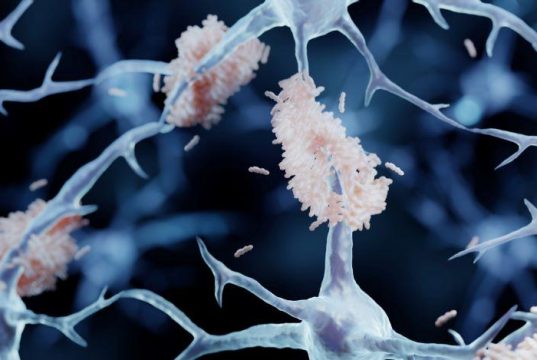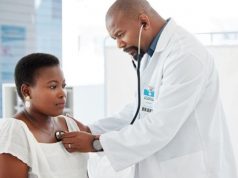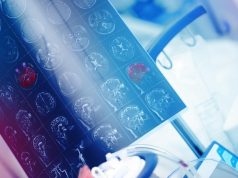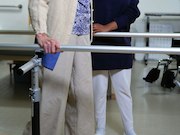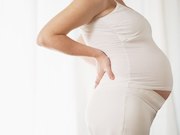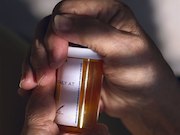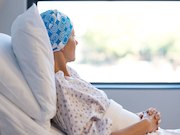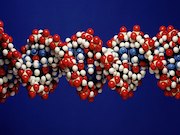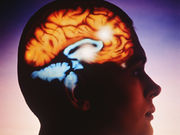Neurology
Home Neurology
December 2017 Briefing – Neurology
Here are what the editors at HealthDay consider to be the most important developments in Neurology for December 2017. This roundup includes the latest...
Outcome Scores Predict Discharge Destination Post Stroke
Outcome measure scores strongly predict discharge destination after acute, subacute stroke
Folic Acid Lessens Autism Risk for Fetal Anti-Epileptic Exposure
For children exposed to antiepileptic drugs in utero, risk may be mitigated by folic acid supplementation
Increase Seen in Gabapentinoid Use From 2002 to 2015
More than three-fold increase in percentage of adults using gabapentin and/or pregabalin
Variation Seen in Hospice Use for Malignant Glioma
Differences by race, sex, age, level of education, urban versus rural residence identified
Criteria Developed for Idiopathic Inflammatory Myopathies
Classification criteria developed from rheumatology, dermatology, neurology, pediatric clinic data
Neuroanatomic Abnormalities ID’d in Those at Risk for Autism
Seen in carriers of deletion or duplication at 16p11.2, a common cause of autism spectrum disorder
Sleep May Mediate Fish-Cognition Relationship in Children
Sleep quality partially mediates relationship between fish consumption and verbal IQ in children
Robot Training Improves Gait Stability in Parkinson’s
Improvements seen in response to perturbations while walking and in gait stability
More Than a Third of Patients Do Not Respond to Antiepileptics
Overall, 89.9 percent of patients who achieve seizure control do so with first, second AED regimen


